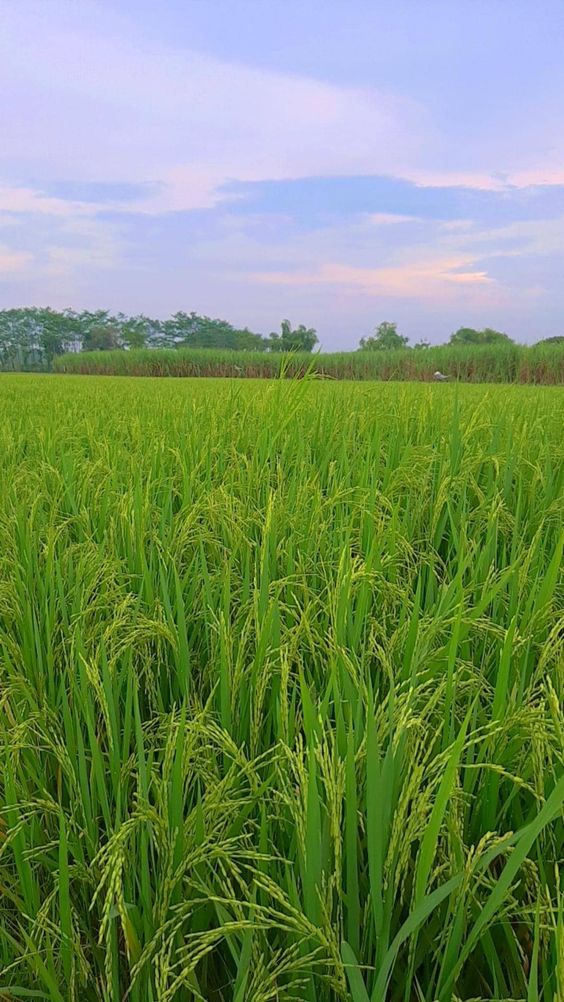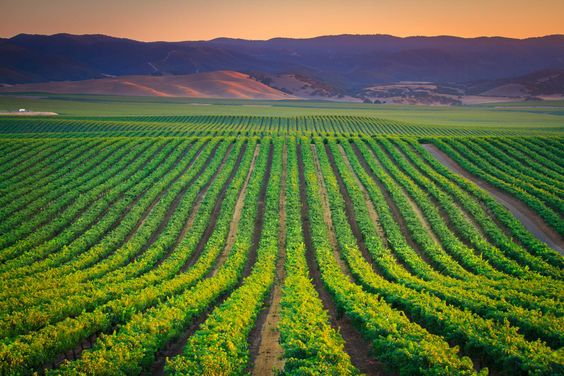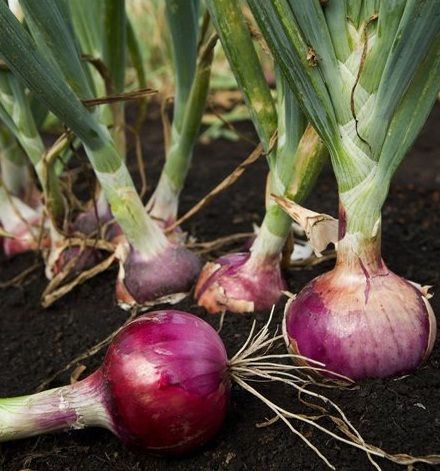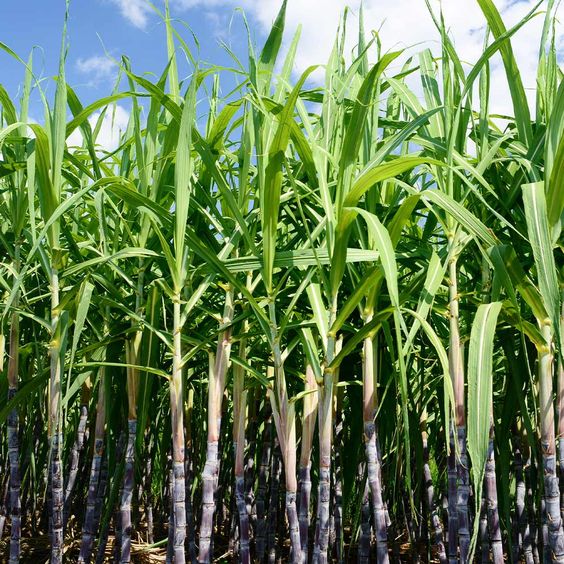Cultivating the Future: Modern Agriculture and the Rise of Smart Practices
Modern Agriculture sector is undergoing a significant transformation. Gone are the days of solely relying on traditional methods and intuition. Modern agriculture, fueled by technological advancements, is embracing a smarter approach – Smart Agriculture – to elevate efficiency, sustainability, and overall yield. This article delves into the essence of modern agriculture, exploring how smart practices are revolutionizing the way we cultivate our food.
For millennia, agriculture has been the backbone of human civilization. However, the demands placed on this sector are constantly evolving. A growing global population necessitates increased food production, while environmental concerns urge for sustainable practices. Modern agriculture acknowledges these challenges and embraces innovation to meet them head-on.
Modern Agriculture: A Multifaceted Approach
Modern agriculture is not a singular technology, but rather a comprehensive approach that incorporates various tools and practices. Some key elements include:
- Precision Agriculture: This data-driven approach utilizes sensors, drones, and satellite imagery to gather real-time information about fields. Soil conditions, moisture levels, and crop health can all be monitored with incredible detail. This allows farmers to make informed decisions about resource allocation, irrigation schedules, and fertilizer application.
- Internet of Things (IoT): Sensors embedded in equipment and throughout fields collect data on various parameters, creating a network of interconnected devices. This data is then transmitted wirelessly to a central platform for analysis, enabling farmers to remotely monitor and manage their operations.
- Agricultural Robotics: Robots are increasingly playing a role in modern agriculture, automating tasks such as planting, weeding, and harvesting. This not only reduces labor costs but also improves efficiency and accuracy.
- Big Data and Analytics: The vast amount of data collected through smart agriculture practices is analyzed using powerful software. This allows for the identification of trends, the prediction of potential problems, and the optimization of farm management strategies.
Smart Agriculture: Benefits for All
The incorporation of smart practices into modern agriculture offers a multitude of benefits for farmers, consumers, and the environment alike.
- Increased Efficiency: Precise data on crop health and field conditions allows for targeted resource allocation, maximizing yield while minimizing waste. This translates to higher profits for farmers.
- Improved Sustainability: By optimizing water usage, fertilizer application, and pest control, modern agriculture reduces its environmental footprint. This benefits both present and future generations.
- Enhanced Food Quality: Real-time monitoring of crops allows for the early detection of diseases and pests. This leads to healthier produce and a reduced need for harmful pesticides.
- Reduced Labor Costs: Automation through robotics and other technologies frees up valuable time for farmers to focus on planning and strategic decision-making.
- Traceability and Transparency: Consumers become increasingly concerned about food origins and production practices. Smart agriculture facilitates traceability by providing data on how crops are grown, leading to greater transparency.
Challenges and Considerations
While the benefits of modern agriculture are undeniable, there are also challenges to consider.
- Cost of Implementation: Investing in smart technology requires upfront financial commitment. This can be a barrier for smaller farms or those in developing countries.
- Digital Divide: Access to reliable internet connectivity and technical expertise can be limited in rural areas, hindering the implementation of smart practices.
- Data Security: The security of the vast amount of data collected through smart agriculture systems needs to be addressed to prevent unauthorized access or misuse.
The Path Forward: Embracing a Smarter Future
The transition to modern agriculture requires a collaborative effort. Governments, research institutions, technology companies, and farmers all play a crucial role. Here are some key strategies to ensure a smooth transition:
- Government Support: Governments can incentivize the adoption of smart technologies through subsidies and tax breaks. They can also invest in infrastructure development to bridge the digital divide in rural areas.
- Research and Development: Continued investment in research and development is essential to create more affordable and user-friendly smart technology for farmers of all sizes.
- Education and Training: Upskilling and reskilling farmers in using these technologies is crucial to ensure successful implementation and maximize benefits.
Conclusion: A Symphony of Innovation
Modern agriculture is a harmonious blend of tradition and innovation. By embracing smart practices, we can not only ensure food security for a growing population but also cultivate a more sustainable future. As technology continues to evolve, the possibilities for modern agriculture are limitless. By working together, we can ensure that this sector continues to be a vital source of nourishment and prosperity for generations to come.




